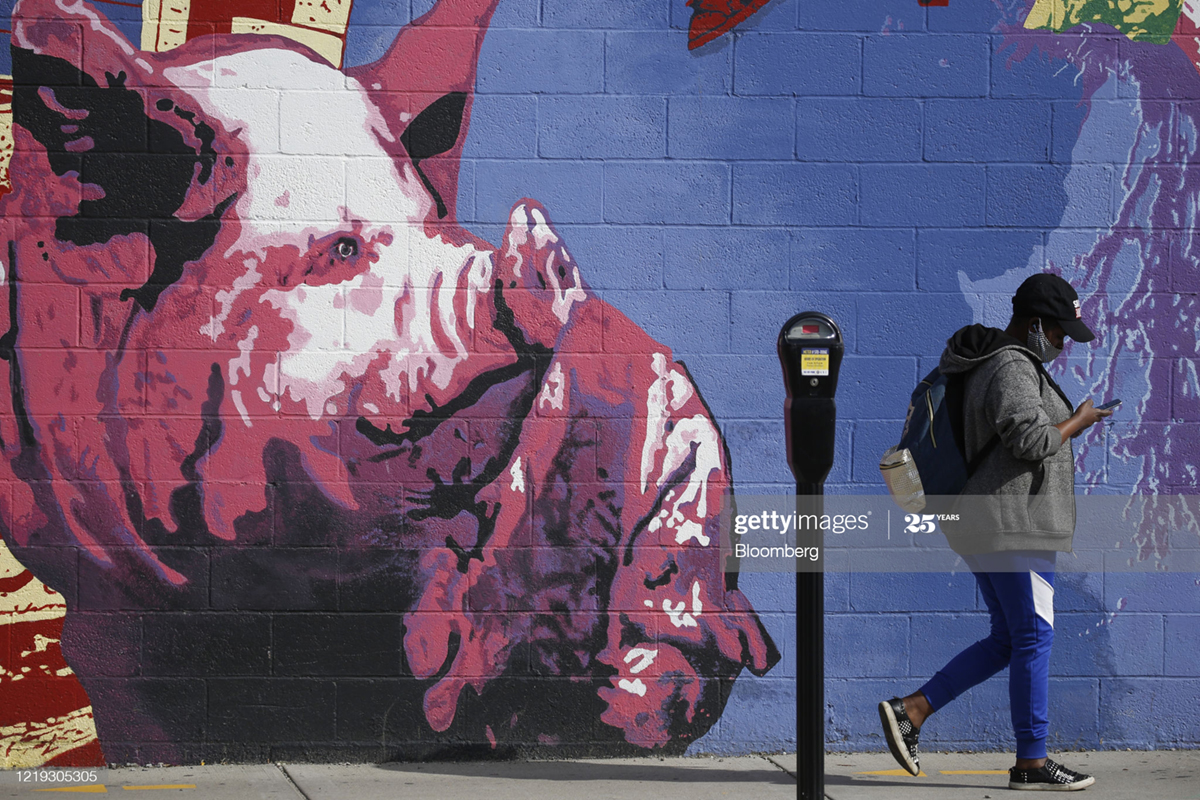NEW YORK, NY, Tues. Aug. 18, 2020 (Reuters) – Outbreaks of the new coronavirus in U.S. workplaces have disproportionately hit Hispanic and non-white communities, according to an analysis of data from Utah by the Centers for Disease Control and Prevention.
According to the report, workers from those communities accounted for 73% of workplace-associated COVID-19 cases between March 6 and June 5, even though only 24% of Utah’s workforce in all affected sectors identified as Hispanic, Latino or a race other than non-Hispanic whites.
Workplace-associated outbreaks of the new coronavirus accounted for 76% of all outbreaks in Utah, and nearly half of those occurred in the manufacturing, construction and wholesale trade sectors.
This disparity in the number of cases could be the result of an over-representation of non-white and Hispanic workers in occupations that are considered “front-line,” for whom the risk of COVID-19 infections is higher, the researchers said.
In addition, those workers have less-flexible work hours and fewer remote work options compared with workers who are white, the researchers added.
The researchers warned that their analysis may not represent all workplace-related outbreaks in Utah as outbreaks in nursing homes, detention centers and education settings were excluded.
Despite the shortcomings, the researchers said their analysis shows that employers and health departments need to provide mitigation strategies that reach racial and ethnic minority groups.
A CDC report released on Friday also showed that U.S. coronavirus hotspots had disproportionately high numbers of cases among communities of color, adding to a growing body of evidence that long-standing social and health inequities have resulted in increased risk of infections.
(Reporting by Dania Nadeem and Manas Mishra in Bengaluru; Editing by Dan Grebler)










